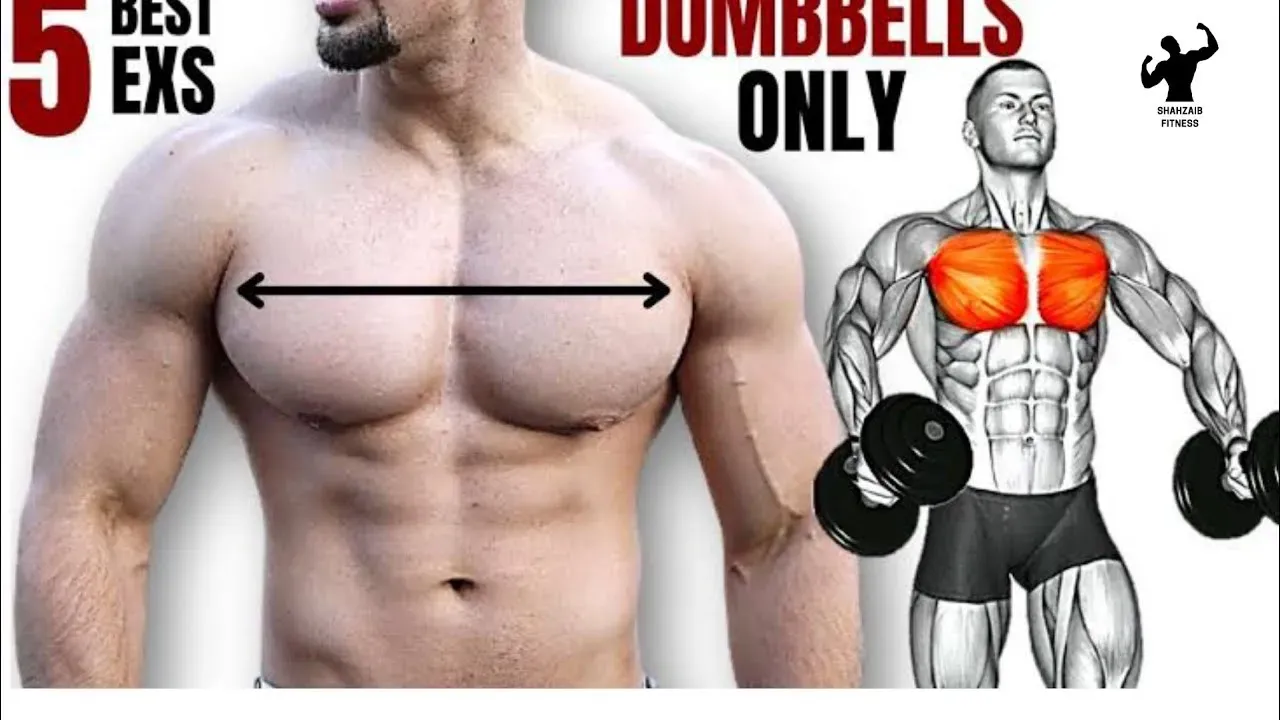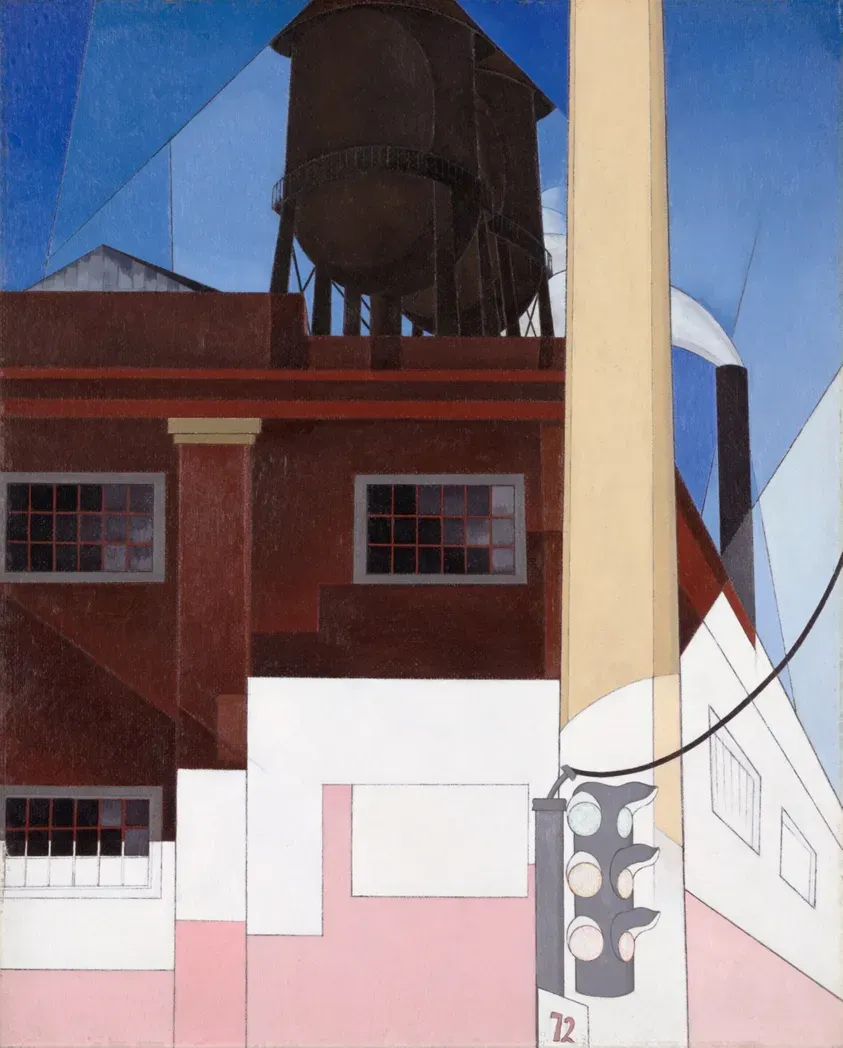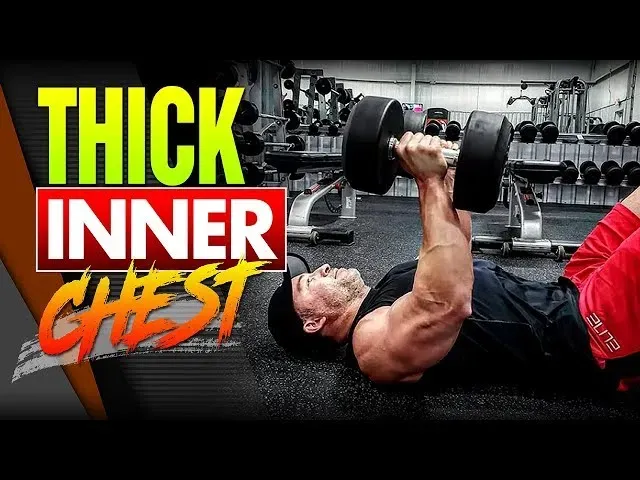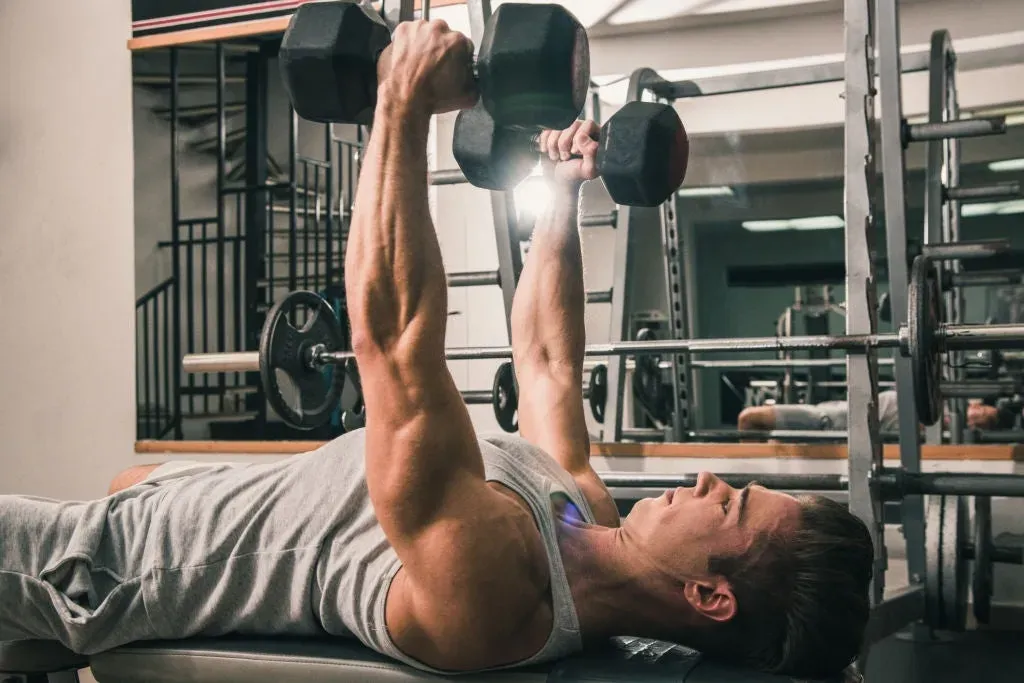Table of Contents
So, you're chasing that elusive line down the middle of your chest, the one that screams "pecs of steel." You've heard whispers about the "inner chest" and are wondering how to carve it out, especially stuck at home with just a pair of dumbbells. Let's get one thing straight: there's no magic button to isolate the inner part of your pectoral muscles. Your chest is one big muscle group, the Pectoralis Major, with two main heads. However, certain exercises and movement patterns can definitely emphasize those inner fibers, contributing to that defined look you're after. Forget the fantasy of completely isolating it; think about hitting it hard and smart. This article cuts through the noise to give you a practical guide. We'll dive into the most effective exercises for aninner chest workout at home with dumbbells, focusing on techniques that actually work. You'll learn which movements create the right tension, why form trumps heavy weight here, and how to structure your training to make noticeable progress without needing a fancy gym setup. Ready to put those dumbbells to work?
Why "Inner Chest" Isn't What You Think (But You Can Still Target It)

Why "Inner Chest" Isn't What You Think (But You Can Still Target It)
The Myth of the Isolated Inner Pec
Alright, let's clear the air right away. You've probably heard people talking about "training the inner chest" like it's a separate muscle you can just hit in isolation. Sorry to burst the bubble, but that's not how your anatomy works. Your pectoral major muscle is one big fan-shaped sheet of tissue originating from your sternum (that's the middle bone) and collarbone, and inserting into your upper arm bone. You can't just lop off the outer part and work the inner part alone. Think of it like trying to train just the pinky-finger side of your bicep; it doesn't make anatomical sense. Any chest exercise is going to work the entire pec muscle to some degree.
How to Actually Target Those Inner Fibers
Even though you can't isolate it, you absolutely *can* emphasize the inner portion of your pec major. How? By focusing on movements that bring your upper arms across the midline of your body. This movement, called horizontal adduction, creates peak contraction closer to the sternum. While a standard bench press works the whole pec, exercises where you actively squeeze your arms together at the top, or perform fly motions that cross in front of your chest, are the ones that really make those inner fibers scream (in a good way, mostly). It's about leverage and the angle of pull, not some magical isolation technique.
- You can't isolate the "inner chest."
- Your chest is one large muscle (Pectoralis Major).
- Certain movements *emphasize* inner fibers.
- Focus on bringing arms across your body's midline.
Essential Inner Chest Workout at Home with Dumbbells

Essential Inner Chest Workout at Home with Dumbbells
The Dumbbell Squeeze Press: Simple, Effective Squeeze
now that we know we're not performing surgical isolation but rather smart emphasis, let's get to the actual work. The dumbbell squeeze press is probably the most underrated move for hitting those inner fibers with just dumbbells. Lie flat on your back, either on the floor or a bench if you have one. Hold a dumbbell in each hand, palms facing each other. Keep the dumbbells pressed together throughout the entire movement. Lower them slowly to your chest, maintaining that constant squeeze between the weights. Then, press them back up, still squeezing them together as hard as you can. That continuous pressure keeps the tension right where you want it – near the center of your chest. It’s less about how much weight you use and more about the quality of the contraction. Think about trying to crush something between the dumbbells as you press.
Dumbbell Flyes: The Classic Adduction Movement
Next up is the classic dumbbell fly. This exercise is a prime example of horizontal adduction, bringing your arms across your body. Lie on your back, holding a dumbbell in each hand with palms facing each other, arms extended above your chest with a slight bend in your elbows. Slowly lower the dumbbells out to the sides in an arc, feeling a stretch across your chest. Stop when your elbows are roughly in line with your shoulders, or slightly below if your shoulder mobility allows without pain. Then, powerfully squeeze your chest muscles to bring the dumbbells back up in the same arc, imagining you're hugging a barrel. The key here is the squeeze at the top, bringing those dumbbells close together, maybe even touching them briefly, to maximize that inner pec engagement.
- Dumbbell Squeeze Press: Constant pressure, focus on the squeeze.
- Dumbbell Flyes: Arc motion, emphasize the squeeze at the top.
- Aim for controlled movements, not momentum.
- Focus on feeling the muscle work.
Incline Dumbbell Press with a Twist: Changing the Angle
While flat movements are great, hitting your chest from different angles is crucial for overall development. If you have an adjustable bench, set it to an incline (around 30-45 degrees). Perform a standard incline dumbbell press, but as you press the weights up, slightly rotate your wrists so your palms face each other at the top, similar to the squeeze press finish. This subtle twist, combined with the incline angle, can alter the stress on the chest fibers, potentially hitting those upper-inner fibers a bit more. Again, the emphasis is on control and the squeeze at the top, not just moving the weight from point A to point B. Don't let the dumbbells just crash together; make the chest do the work.
Beyond the Basics: Advanced Inner Chest Workout at Home with Dumbbells

Beyond the Basics: Advanced Inner Chest Workout at Home with Dumbbells
Controlled Tempo and Peak Contraction
so you've nailed the basics – the squeeze press, the flyes, maybe even the incline twist. Ready to crank it up a notch without adding a ton of weight? This is where tempo and peak contraction become your best friends for aninner chest workout at home with dumbbells. Instead of just moving the weight, focus on *how* you move it. Try lowering the dumbbells slowly, maybe taking 3-4 seconds on the eccentric (lowering) phase. This increases time under tension, forcing your muscles to work harder. Then, at the point of peak contraction – that's when your arms are closest together at the top of a press or fly – hold the squeeze for a full second or two. Don't just let the weights touch and bounce; actively try to contract your chest muscles as hard as possible. It feels awkward at first, like you're trying to crack a nut with your pec muscles, but that focused effort makes a huge difference in hitting those inner fibers.
Single-Arm Variations and Uneven Loading
Adding unilateral (single-arm) work or uneven loading can introduce new challenges and potentially target stabilizer muscles more effectively, which indirectly supports your main lifts. For example, a single-arm dumbbell fly or press forces the opposite side of your core and chest to work harder to prevent rotation. Or, try holding a heavier dumbbell in one hand and a lighter one in the other for a standard press or fly. This uneven load creates an imbalanced stimulus that your body has to fight against, engaging different muscle fibers and improving stability. Just be cautious with uneven loading; start light and focus on maintaining strict form to avoid putting undue stress on your joints or spine. It's about controlled chaos, not just flailing around.
- Slow down the lowering phase (eccentric).
- Hold the squeeze at the top for 1-2 seconds.
- Try single-arm dumbbell presses or flyes.
- Experiment with uneven dumbbell weights (carefully!).
Partial Reps at the Top Range of Motion
Sometimes, focusing on a specific part of the movement can be beneficial. For targeting the inner chest, the top portion of presses and flyes – where your arms are coming together or crossing the midline – is where the magic happens. You can incorporate partial reps focusing *only* on this range. For instance, after doing a full set of dumbbell presses, immediately do a few extra reps where you only lower the dumbbells halfway, then powerfully squeeze them back up and hold. This keeps tension specifically on those inner fibers during their most contracted state. Think of it as milking every last bit of effort out of the muscle when it's already fatigued. It's not a full workout on its own, but tacked onto the end of a set, it can be a brutal finisher for yourinner chest workout at home with dumbbells.
Maximizing Your Inner Chest Gains: Form, MindMuscle, and More

Maximizing Your Inner Chest Gains: Form, MindMuscle, and More
Form Over Everything (Especially Ego)
Look, I get it. You see people slinging heavy dumbbells around, and there's a little voice that whispers, "You should be lifting more!" Ignore that voice. Especially when you're trying to target those inner pec fibers with aninner chest workout at home with dumbbells, form is king, queen, and the entire royal court. Sloppy reps done with too much weight will work everything *but* the specific area you're trying to hit, mostly engaging your shoulders and triceps. Think about the path of the dumbbell, the angle of your elbows, and the tension in your chest. Are you letting momentum take over? Are your shoulders shrugging up by your ears? Slow down. Control the weight on the way down (the eccentric part), feel the stretch, and then initiate the press or fly using your chest muscles, not just by pushing with your arms. It's better to do 10 perfect reps with a lighter weight than 5 ugly ones that risk injury and build nothing.
Developing That Mind-Muscle Connection
This sounds a bit woo-woo, I know, but bear with me. The "mind-muscle connection" is just a fancy term for actively thinking about the muscle you're supposed to be working and trying to contract it consciously throughout the movement. For your inner chest, this means during that final squeeze on a press or as you bring the dumbbells together on a fly, you're not just moving the weights. You're actively trying to shorten and contract those inner pec fibers. Imagine you're trying to crush a walnut between your pecs. Seriously. Focus on that sensation. It takes practice, especially when you're tired, but it makes a massive difference in recruiting the target muscle effectively. Don't just go through the motions; be present in the movement and feel the burn where you want it.
- Prioritize perfect form over heavy weight.
- Slow down the eccentric (lowering) phase.
- Focus on initiating the movement with your chest muscles.
- Actively squeeze your inner chest fibers during contraction.
- Practice feeling the target muscle work throughout the set.
Carving Your Inner Chest: The Takeaway
So there you have it. While the idea of a truly isolated "inner chest" muscle is a bit of a myth, you absolutely can influence the development and definition of that area using nothing but dumbbells at home. It boils down to intelligent exercise selection – think presses and flies that bring the weights together – and relentless focus on squeezing those pecs hard with every rep. Forget trying to ego lift; this is about precision and tension. Combine these targeted movements with consistent effort, proper form, and yes, a decent diet, and you'll start seeing that definition emerge. It's not magic, just smart training and putting in the work, one dumbbell rep at a time.
